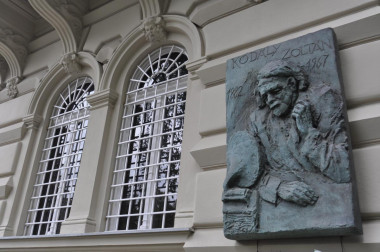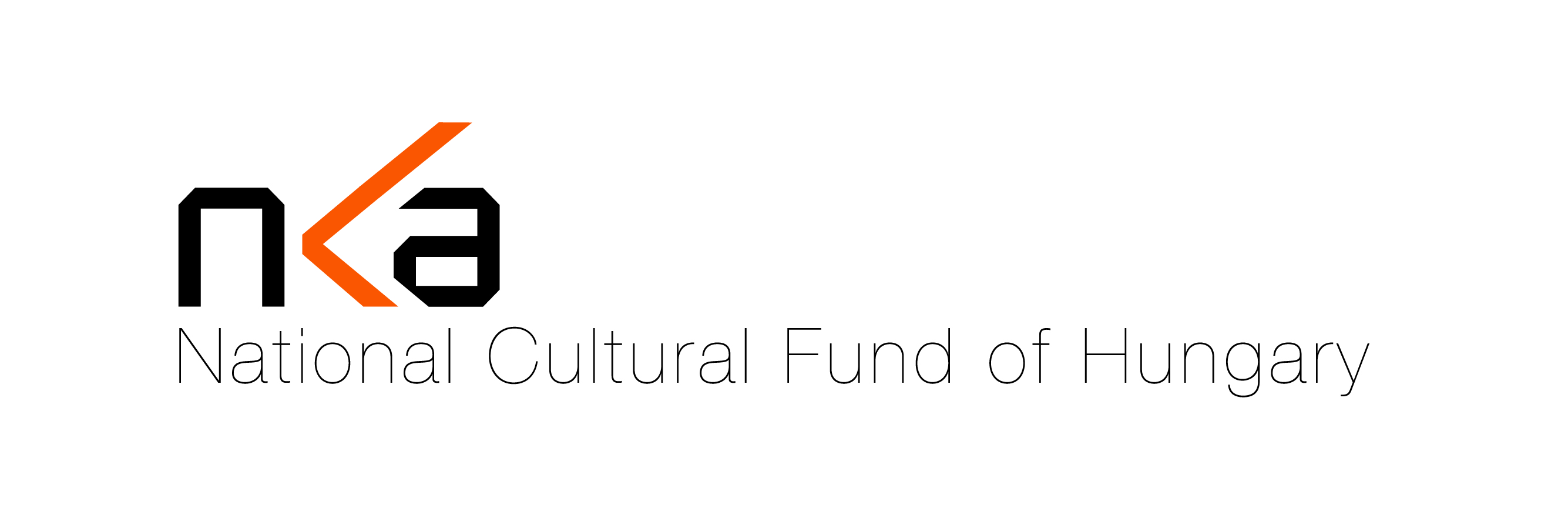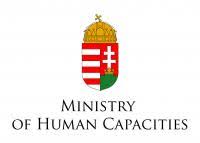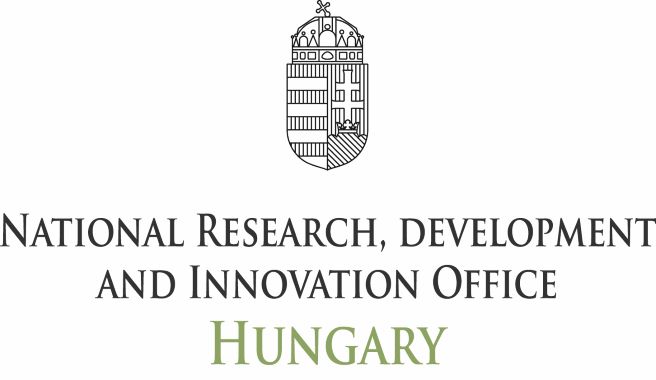Sergio de la Ossa, ethnomusicologist, the former instructor of the Kodály Institute has created this guide to folk song analysis and the accompanying test exercises with solutions.
 Photo: Miguel Souto
Photo: Miguel Souto
To whom is this guide addressed?
This analysis guide is primarily intended to help teachers who use folksong in the classroom, but it may be also useful for anyone who would like to know folksong in greater depth. The text aims to lead you step by step into folksong analysis. You can benefit from it no matter whether you are just now starting to discover folk music, an experienced folk singer, or a primary school teacher. You don’t need to be an expert to use this guide: you will probably be closer to that stage after you finish using it!
What will you find in this guide?
Folksongs from different countries, in different languages, which use (or used) to accompany various moments of people’s lives (e.g. work, play, dance or storytelling). Lullabies, wedding songs, laments and Christmas carols, among other songs, have been chosen as examples to analyse their constituent musical elements.
Special care has been taken in the selection of songs. First of all, these melodies needed to be clear examples of the musical element addressed. Other important criteria I considered were: variety of origin, language and genre; variety of scale, metre and other musical elements used; representation of the song’s given musical culture; reliability of the written source; song quality (inevitably, according to my personal taste, but always keeping in mind Kodály’s words: “only art of intrinsic value is suitable for children!”).
Analysis: what for?
The data obtained from analysis may be useful for: 1) selecting, ordering and sequencing songs for pedagogical purposes, according to their musical characteristics; 2) determining the genre, historical layer or origin of songs; 3) identifying typical and rare elements of your own people’s music in your repertoire, or recognizing broader similarities and differences between musics (distinguishing music of other peoples from your own’s, or perceiving similarities between them).
In addition, analysis may be one of the tools, and a valuable one at that, through which we can experience the mastery present in folksongs, once described by Kodály and Bartók as models of simple forms. In more advanced levels, analysis helps deciphering complexity present in several features of folksong (e.g.: ornamentation, polyphony, variation etc.).
You will find more information about the objectives in the Foreword of the guide.







